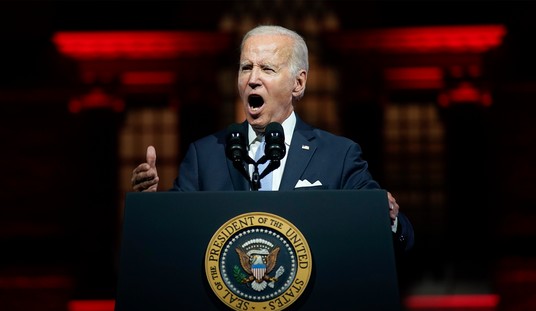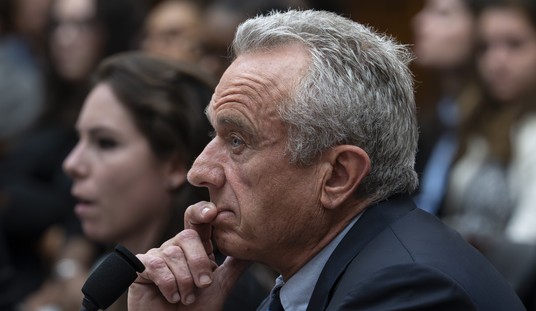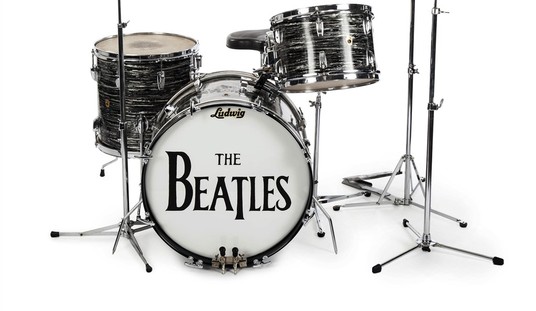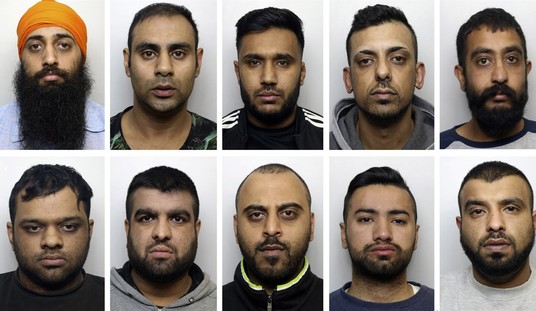President Obama, on Wednesday, made a big speech about “economic inequality” and vowed to spend his last three years in office working to increase the federal minimum wage, as well as a lot of other things.
Just as an aside, every time I hear talk about increasing the minimum wage — there’s a strike on today at some fast food places to raise their wage to $15 an hour as well — I have a conversation something like this.
“I think increasing the minimum wage is a wonderful idea. In fact, let’s raise it to $100 an hour.”
“Oh, you’re being silly.”
“No, imagine. Raise minimum wage to $100 an hour. That way, everyone will be making $200,000 a year. We’ll all be rich!
“Racist.”
Okay, I’ll grant that it usually takes two or three more exchanges before someone calls me racist, or a tea-bagger, or even an economic royalist if they’re of a classical turn of mind. The one thing I’ve never had anyone do is explain to me why if a $15 an hour minimum wage is a good idea, a $100 an hour minimum wage is a bad idea.
I suspect it’s because they realize that if they do, the jig is up: if they raise the minimum wage that high, companies won’t be able to pay the wage, and either there will be massive unemployment or massive inflation, as companies try to make up the difference. Mostly unemployment and shutdowns, because the money supply can’t grow that fast without a Weimar meltdown. But the trade-off is basically a linear function — raising the minimum wage by a lesser amount just means fewer people lose their jobs or go out of business. In the case of fast food workers, what would happen is that hamburger-making machines would become cheaper than burger-flippers. (In fact, that break-even is already past, the burger-flippers just don’t know it yet.)
In any case, though, this seems to be a solution in search of a problem, because there is no poverty in America, and I can prove it. According to a Cato Institute study published last year, the combined expenditures for federal and state governments directed to means-tested public assistance — “welfare” — is approximately $1 trillion (yes, with a “T”) a year.
There are approximately 48 million people in the U.S. with incomes at the poverty level or below.
The application of advanced mathematics — long division, and I did it in my head thank you very much — tells us that’s about $21,000 per person per year. Obviously, that’s $84,000 for a family of four.
That’s got a problem, though. According to the 2013 Federal Poverty Guidelines, the poverty level for a family of four is $23,950. The total of $84,000 is roughly 380 percent of the federal poverty guidelines.
Obviously, there’s no poverty left in America.
Unless, of course, that money isn’t actually being spent on the poor people at all. I wonder where it goes?
More:









Join the conversation as a VIP Member